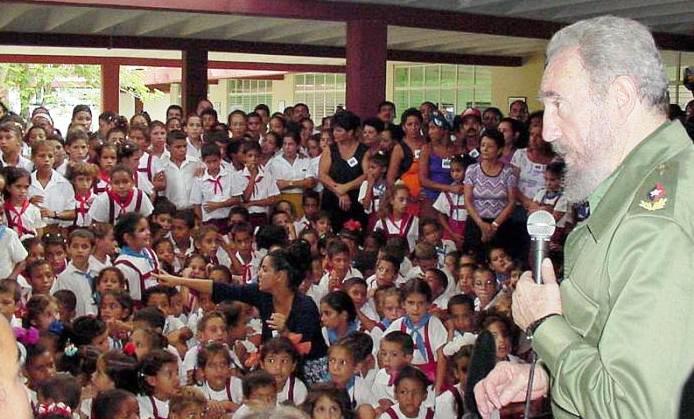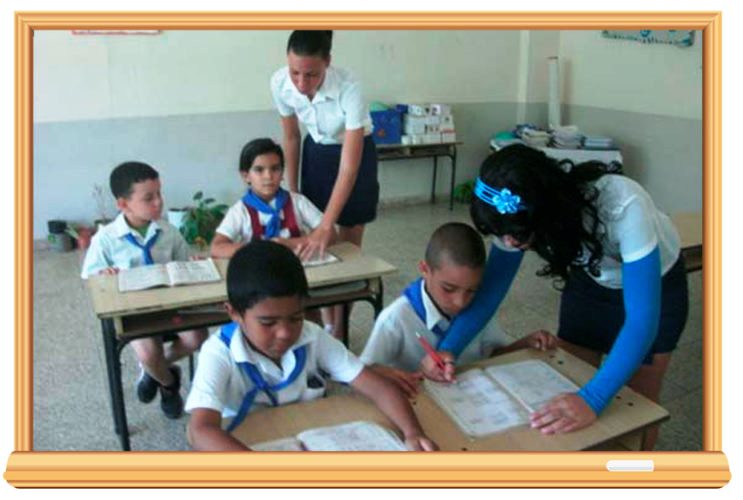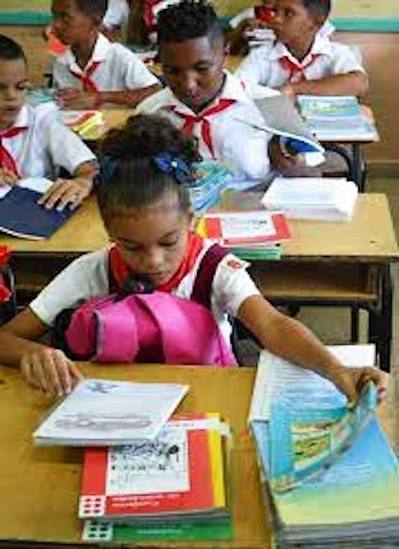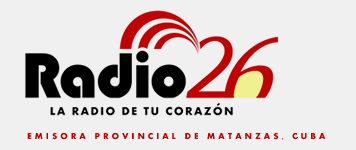63 years after free public education became official in Cuba .

With the entry into force of the Law for the Nationalization of Private Schools and the comprehensive reform of Education on June 6th, 1961, a profound educational revolution began in Cuba.


With the entry into force of the Law for the Nationalization of Private Schools and the integral reform of Education as of June 6th, 1961, a profound educational Revolution began in Cuba, which gradually eradicated the burdens of ignorance accumulated on the Island, as promised by Fidel Castro in the Moncada Program.
This was an extremely important event in the transformations that were being undertaken in the country, since this legal norm, of only five articles, made public and free education official, authorized the adjudication in favor of the Cuban State of private educational centers and defined the first institutional forms of the Ministry of Education (Mined).
The Revolution of January 1st, 1959 inherited a Cuban population of a little more than four million 300 thousand inhabitants, 700 thousand of whom were illiterate adults and some 600 thousand early childhood children who could not attend school. This frustrating situation had to be reversed. A legal instrument was needed to open the doors of the country’s educational institutions to those who wanted to enter, from any social stratum, regardless of age, sex, race, creed… and also to give the green light to new learning methods and more comprehensive projects such as, for example, scholarship plans to link study and work, construction of schools, in short, a truly colossal effort at the time.
It was not for nothing that 1961 was proclaimed the Year of Education. It was in that same calendar that the National Literacy Campaign was carried out, which made it possible for one million Cubans to learn to read and write.

The Law for the Nationalization of Education marked a before and after. It not only contained the essential legal framework that sanctioned the definitive end of private education and the old teaching methods. It contained five articles defining the foundations that would henceforth govern for the benefit of the Cuban people.
These were, then, the antecedents of the work that would come later: the creation of children’s circles, the accelerated training of teachers (Minas-Topes-Tarará plan), the follow-up plans, the campaigns to reach the 6th and 9th grades, the development of technical and professional education, the construction of new universities, since at the triumph of the Revolution there were only three (the one in Havana, the one in Las Villas and the one in Oriente).
If today Cuba has an unquestionable prestige in this sector, recognized by international organizations, with high schooling rates, thousands of university students prepared in the most dissimilar branches of knowledge, and with the Literacy Program Yo Sí Puedo, which benefited millions of people in the world, it must be rightly admitted that it had its roots in that very important law, whose scope reaches our days.
Still immersed today in a process of constant improvement and improvement, and with the effects caused by the complex economic and financial situation of the country, the current Cuban general education system is a reference of unquestionable prestige in the region and in the world.
Written by Yovana Baró Álvarez.



